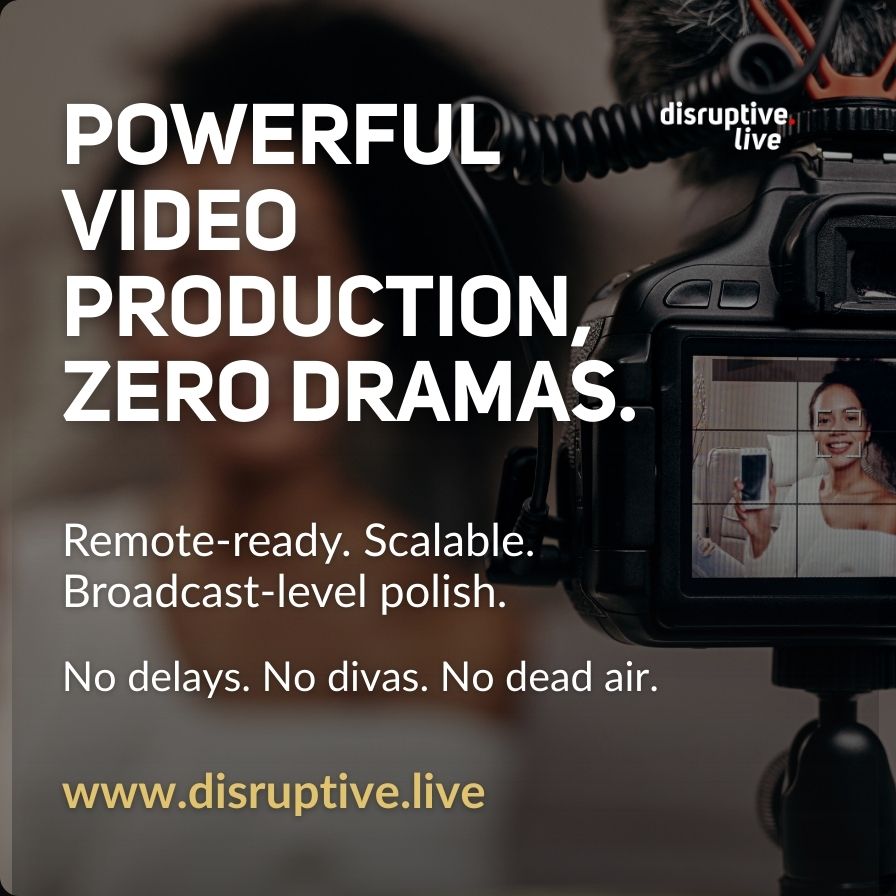A simple way to consider what Blockchain technology could provide is to think of a ledger (e.g. an Excel spreadsheet) that can only be updated when a majority of trusted participants (known as ‘miners’ connected via ‘nodes’) have simultaneously agreed that the proposed transactions are valid and will not permit a situation whereby any erroneous “double-billing” could take place.
[easy-tweet tweet=”The #Blockchain ledger maintains a full and transparent audit-trail of all transactions ever made” hashtags=”FinTech”]
Once the miners have reached a sufficient consensus and the transactions are approved – only then will the new entries be permitted to be updated and committed to the ledger. The miners receive compensation in the form of newly created digital currency and/or by receiving a fee for processing transactions.
Further, the Blockchain-style ledger maintains a full and potentially transparent Audit-Trail of all transactions ever made via that particular ledger.
The Bitcoin currency garnered some pretty bad publicity for apparently allowing some bad actors (drug dealers, money launderers) to use this new digital currency to conceal their true identities and profit from their ill-gotten gains. However, in many senses, the Bitcoin currency is what potentially provides Blockchain technology with such a broad appeal.
Suitably authorised participants could transfer value between themselves in virtual real-time – and all the while – without the necessary involvement of existing firms in this space, such as Western Union, banks et al – at virtually no cost.
Imagine how this prospect could change not just existing banking structures – but potentially replace the need for central banks too.
A politically independent Global Currency unit of exchange that can be, if necessary, transferred to/from other units of exchange – in minutes, has certainly captured the imagination (and not insignificant Research and Development Funding) of the world’s largest banking firms – and even that usually staid “Old Lady of Threadneedle Street” – the UK’s Bank of England. All of these entities are busily working away at figuring out just how they might use the technology to at least stay in the game – or partner with other firms.
Indeed – one country’s central bank, Estonia – has already invested and implemented a form of Blockchain technology and claims that as a result, they enjoy the lowest credit card fraud rate in all of Europe.
As mentioned above, transactions are submitted, and then verified by the miners – but what stops these miners from conspiring to somehow modify the new transactions?
The full technical response to this danger will be covered in a future posting – but for now, just imagine that a majority of the miners would all need to submit exactly the same responses – at exactly the same time – or their proposed transactions get rejected.
Also in future postings I will explain in more detail how there exists essentially three different varieties of Blockchain’s so-called “Distributed Ledger Technology” (DLT) and the benefits/weaknesses of each approach.
Some pundits are already proclaiming the technology as heralding the dawning of some kind of New Age – others are simply interested in how much money they might make/save by eliminating scores of middlemen/mid-back office costs and the like – whilst still others are not yet convinced that their existing models and frameworks are as yet redundant.
[easy-tweet tweet=”Estonia’s central bank has already implemented Blockchain technology to combat credit card fraud ” hashtags=”FinTech”]
As is often the case with new/groundbreaking technological advances – the level of commitment and ultimately co-operation by lawmakers, regulators, politicians, bankers and the like will determine just how much of a sea-change this technology will actually bring to the world.
Kevin J. Davis, Researcher & Analyst, Compare the Cloud
Kevin has worked continuously in the Financial Services Industry (primarily on the IT side) for over thirty years.
During this time he has worked first-hand on major Industry Initiatives both in the U.K. and the USA – such as TALISMAN, TAURUS, CREST, (the Bank of England’s) CGO, Counterparty/Client/Settlement Risk Reporting, CHAPS, Model A and B type Clearing, Intra-Day Payment Netting, Capital Gains Tax Reporting, Regulatory Reporting, Trading Interfaces (from DOT through to FIX API’s and beyond), Multi-Instrument and Multi-Currency systems, Direct Market Access and Custodian Services.
As a result, Kevin boasts a wealth of experience and knowledge regarding the latest FinTech innovations.



